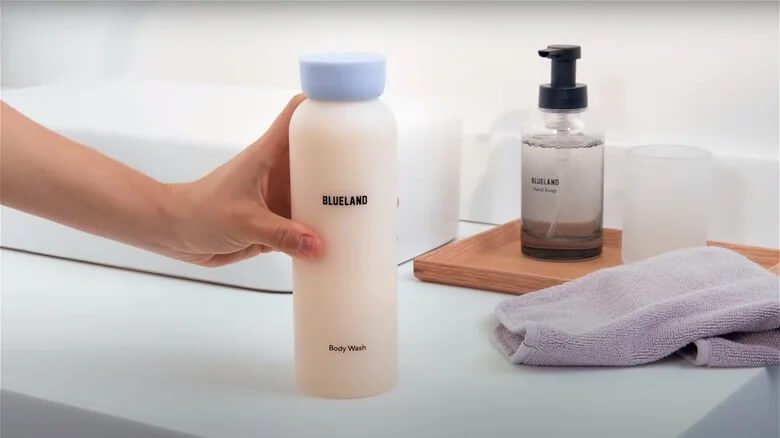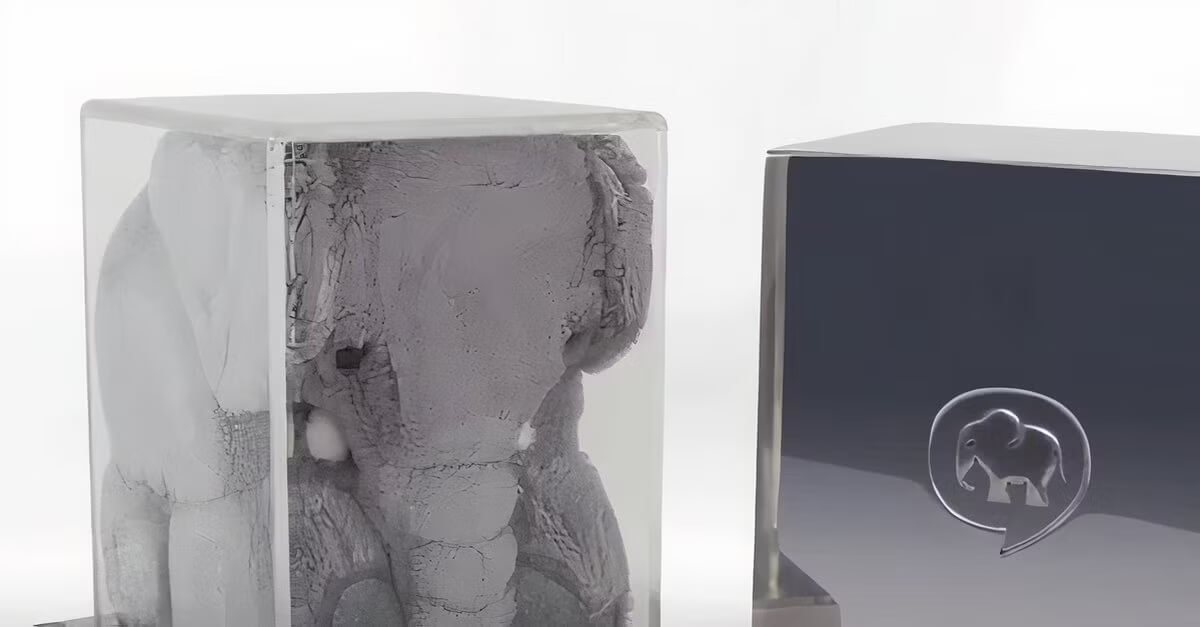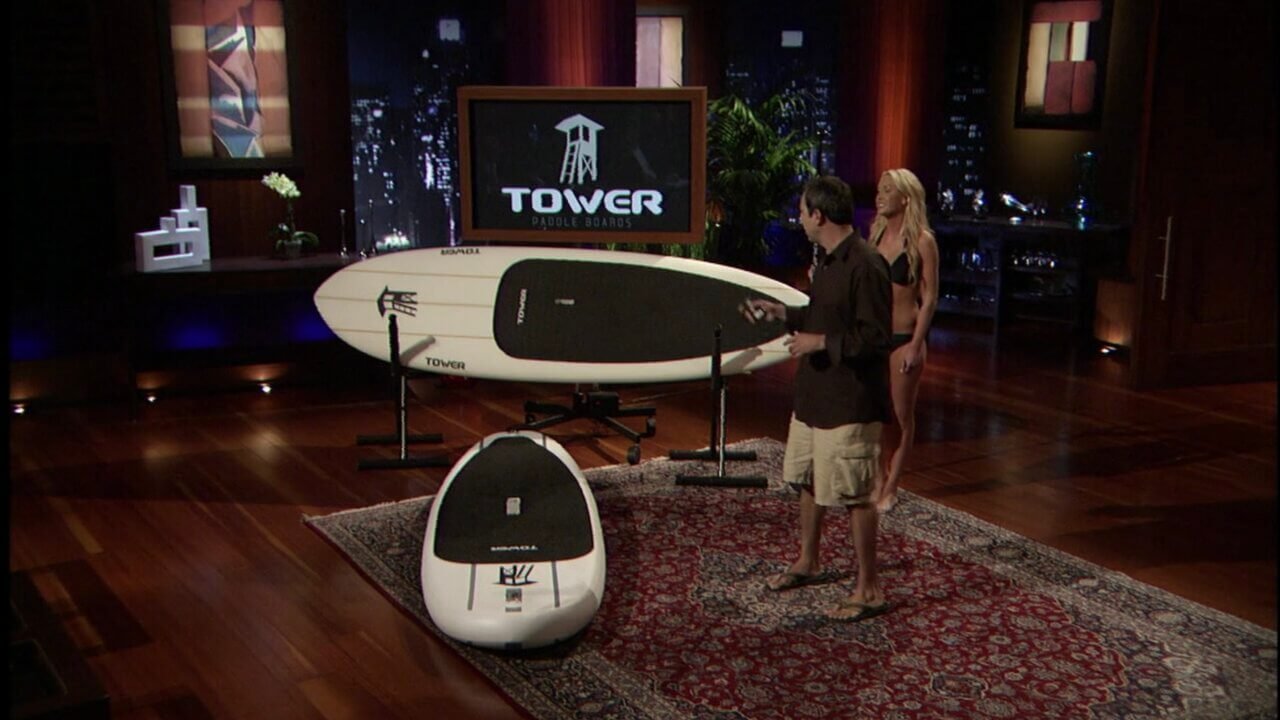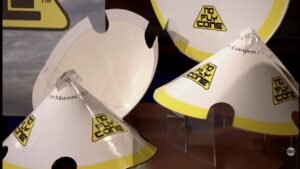Let’s bust one Shark Tank myth right away: Getting a deal on TV does not guarantee you’ll crush it in the real world. Just ask Solomon Falls — the guy behind 180Cup, a party cup that came out hot, scored a handshake with a Shark, and then vanished before most viewers finished their beer. This story? It’s classic Shark Tank Hype vs. Startup Reality. Perfect for folks who want to know how quickly a promising product can go from flying high to fizzling out.
Contents
ToggleWhat Made 180Cup Stand Out?
Before we get into the big numbers, let’s talk product. 180Cup was pure college ingenuity: a plastic party cup that could be used as a standard 18-ounce cup or flipped over for a built-in 1.5-ounce shot glass. One product, two uses, zero extra clutter. Smart, right? You get why the idea turned heads. It solved a real, if slightly rowdy, problem. Why waste money and space on separate cups for shots and drinks? Sometimes I see founders get too clever. 180Cup nailed the basics — solve a need, make it easy, and aim right at a rabid market.

The Shark Tank Pitch: Solomon Goes All In
Solomon Falls waltzed into Shark Tank in Season 5, Episode 7, and he came correct. He asked for $300,000 for 15% equity, basically letting the sharks know: This train is moving, and you’ve gotta pay top dollar to get onboard. His stats were killer: 5 million cups sold, $385,000 in cold-hard revenue, and 500+ stores already slinging the thing. That’s not just traction; that’s hustle.
His secret weapon? A street-level sales army. Most startups pine for shelf space. Solomon had college students hustling these cups in party towns — real, scalable grassroots sales. It reminded me of some viral wins like Scrub Daddy, but this play was more flash-mob than infomercial. The vibe in the tank was tense. Was this another college fad, or something with real staying power?
Did the Sharks Actually Bite? The Deal That Almost Was
Here’s where the hype and the hard reality started wrestling. The Sharks — Mark Cuban, Lori Greiner, Kevin O’Leary, and John Paul DeJoria — circled, but weren’t sold. They tossed out the usual concerns: Is this just a party gimmick? What about bigger beverage giants stomping in? Will it ever be more than a college-town hustle?
Daymond John, though, saw a different play. He loved the hustle, maybe saw a bit of his own grind in Solomon. The negotiations bounced: Daymond comes in at $300,000 for 20%. Solomon wanted $300,000 for 15%. Numbers fly, egos flex, and finally, boom — they shake on $300,000 for 25%. Deal on paper, but as any operator knows, that handshake is just Step One.
The other Sharks? They were out. Cuban wasn’t buying the brand, Lori and Kevin didn’t see the scale, and DeJoria, the Patron Tequila king, passed on the party scene. I’ve seen this before — hype, some FOMO, but real business minds can smell when the bonfire might burn out quick.
Net Worth After Shark Tank: Reality Check
Let’s get honest about numbers, because the aftermath tells the truth. On paper, Solomon looked golden: a Shark invested, sales were gushing, and mainstream momentum was real. He’d moved over 5 million cups before ever stepping on that Shark Tank carpet. I’ve seen startups with less win over investors just on potential.
But here’s the thing — 180Cup’s reported net worth took a nosedive after the lights faded. Growth flatlined. Disagreements with Daymond about the company’s direction started pulling things apart. By the time the dust settled, and the partnership split up three years later, the company’s real business value was near zero. Ask Google — you can’t buy a 180Cup today, and the brand doesn’t even have a shadow online.
Some founders would have walked out feeling rich. Solomon? He had a hot run, but Shark Tank cash didn’t turn into long-term wealth. This is why I always say: TV money isn’t real until it’s wired and spent smart.
Life After the Show: When the Party Really Gets Tough
Here’s where most startup stories go silent — after no one sees. After they left Shark Tank, Solomon and Daymond’s partnership ran into friction. They showed up on Beyond the Tank, which is like Shark Tank’s after-party for the deals that didn’t turn into fairytales. It painted a raw picture: team drama, different visions, and the cold grip of slowing sales.
The core issues? Scaling beyond college towns was a cost monster. Distribution couldn’t keep up with the hype. After three years, the handshake deal with Daymond was off. Solomon moved on, and the 180Cup dust settled.
This is the reality of the grind: Fast spikes can give you whiplash. If your process, team, or supply chain can’t keep up, even Shark gear can’t keep you afloat.
Where Is 180Cup Now?
Let’s keep it blunt: The party’s over. 180Cup is done. No website. No Amazon listings. No Walmart. No late-night college campus pop-ups. The last word from SharkWorth and other business resources confirm the business is shut, the product is discontinued, and neither founder nor investor is still involved in cups.
Here’s how I size it: Sometimes a clever product captures lightning. Other times, you get a quick surge — then a hard fade. 180Cup got more action than most dreamers ever see, but the runway ran out.

Entrepreneur Takeaways from the 180Cup Rollercoaster
If you’re reading this as a future founder, here’s where the street lessons are. First, know your core customer, and solve one real problem. Solomon nailed this with college kids.
Second, never mistake quick sales for product-market fit. Party cups aren’t built for lifetime value, and competitors can knock off plastics in no time flat.
Third, be crystal clear what a Shark Tank deal really means. A handshake on Stage A is not the finish line. Terms change, partnerships fade, and money rarely solves all your business pain.
Fourth, scaling is where the heartbreak happens. College towns gave this product legs, but when the team tried to expand nationally, costs ate profits. Momentum means nothing if the backend can’t deliver. Think Bombas — socks are basic, but they stuck around because the company built a movement, not just a cute SKU.
Fifth, stay sharp after the cameras stop. Once the Shark Tank machine lets go, you’re on your own with whatever business you locked in. Flimsy supply chains and wobbly teams can sink even the loudest launch.
This isn’t to bash the effort. Solomon put in the work, took his swings, and made a product you could actually use. But experience says quick money brings quick problems — and not every As Seen on TV hit gets to build a legacy.
The Real Outcome of the 180Cup Experiment
What do we really learn from 180Cup? It’s simple: TV buzz is not a business model. Big launch numbers look pretty, but if your core is shaky, the market will chew you up. Solomon’s story is classic — fast action, smart sales, a flashy Shark Tank handshake, and a hard stop when reality kicked in.
For every Scrub Daddy or Bombas, there are 20 companies like this — hot for a moment, gone before you can remember the founder’s name. But here’s the kicker. Every founder who walks into the tank with hustle and something real deserves respect. Some play for a quick flip, others try for a dynasty. The game is to know your win condition before you pitch.
I respect any entrepreneur who takes the shot. 180Cup didn’t go the distance, but it made noise and showed what’s possible when you move fast. Next time you watch Shark Tank, remember: Deals are made on TV, but real business happens in the grind after the confetti settles.
I’ve chased customers just like Solomon, lived through fast launches and brutal pivots. If you’re building your own thing, thank stories like 180Cup for showing both how fast you can win — and how quickly things can flip.
And if you want more numbers, updates, and no-nonsense recaps of Shark Tank businesses, keep it locked on SharkWorth. Because the real story? It’s always behind the pitch.
FAQs
1. Is 180Cup from Shark Tank still in business?
No, it’s out of business. The cups are gone, no site, no sales.
2. Who was the founder of 180Cup?
Solomon Falls ran the show and brought the cup idea to Shark Tank.
3. Did Daymond John’s deal with 180Cup actually close?
They agreed on screen, but split up about three years later — the deal didn’t hold.
4. How much money did 180Cup make before Shark Tank?
Over $385,000 in sales, with more than 5 million cups sold in the first six months.
5. Where can I buy 180Cup now?
Nowhere. The product is discontinued.
6. What went wrong for 180Cup after Shark Tank?
Disagreements about direction, scaling struggles, and fading momentum tanked the brand.
7. How much is 180Cup worth today?
Net worth is zero. The company is closed.
8. Was 180Cup on any other TV shows after Shark Tank?
Parts of its story were covered on Beyond the Tank, showing the tough times after the deal.
There you go — the full 180Cup hustle, wins and fails. That’s how Shark Tank really works.










